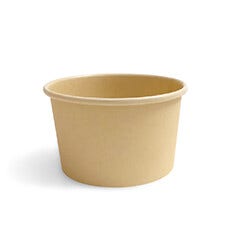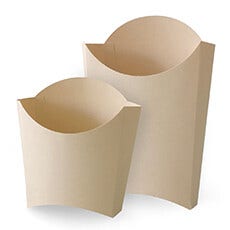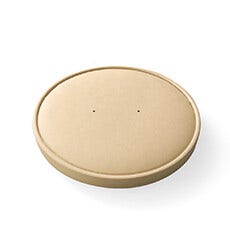
Bamboo

Bamboo is evergreen perennial flowering plants in the subfamily Bambusoideae of the grass family Poaceae.
The word ‘bamboo’ comes from the Dutch or Portuguese languages, which probably borrowed it from Malay word ‘Mambu’. In the late 16th century (1590-1600) the Dutch named it ‘Bamboes’ after which it got its Neo-Latin name ‘Bambusa’.
Most bamboo species are native to warm and moist tropical and to warm temperate climates. However, many species are found in diverse climates, ranging from hot tropical regions to cool mountainous regions and highland cloud forests.
Origin
Bamboos are of notable economic and cultural significance in South Asia, Southeast Asia and East Asia, being used for building materials, as a food source, and as a versatile raw product. Bamboo has a higher specific compressive strength than wood, brick or concrete, and a specific tensile strength that rivals steel.
China, the country with the largest bamboo resources in the world, has an area of 5.2 million hm in total which is 25% of the bamboo land in the world. Still it is only 0.5% of the Chinese land surface and 3.8% of tree forest. On a yearly basis 500 million of Moso bamboo and 3 million of miscellaneous bamboo species shoots, which compares to 10 million m3 of trees can be cut. Bamboo, is so to say, inexhaustible in supply and always available for use.
Sustainable cultivation
Bamboo is a simple grass that grows without the use of pesticides or chemical fertilisers, it furthermore doesn’t need irrigation and rarely needs replanting. Bamboo land can be reused for several decades, even hundreds of years as there is no soil depletion. Bamboo is a strategic resource that many countries can use to restore their degraded landscapes and reverse the dangers of desertification. Its rapid growth and strong root systems make bamboo a powerful soil protection and land restoration tool.
Bamboo’s fast-growing and renewable stems sequester carbon in their biomass – at rates comparable or superior to than many tree species - it can store up to 1.5 times more carbon than trees. Bamboo also releases 30% less carbon in the cutting and mill pulp process compared to wood pulp. Durable products made from bamboo are potentially carbon negative because they act as locked-in carbon sinks and encourage the expansion and improved management of bamboo forests. Next to carbon sequestration bamboo produces 35% more oxygen than an equivalent stand of trees.
Rapidly renewable
Bamboo comprises of many different species which all have unique growth rates and characteristics. Bamboo includes some of the fastest-growing plants in the world, due to a unique rhizome-dependent system, certain bamboo species, like the Chinese Moso bamboo (Phyllostachys edulis), grow up to 90 cm per day, which is almost 4 cm and hour, or at a speed of 0.00003 km/h. These growth rates can be established in shooting season during the spring through early summer, when optimal soil and climate conditions are present.
Herbaceous bamboos are usually small and resemble grass and are only a few centimeters tall, while woody bamboos (depending on the species) can grow up to 30 m tall and 20-30 cm in diameter, hence the reason they are often confused for being ‘bamboo trees’. The bamboo species Dendrocalamus sinicus is considered the largest bamboo in the world reaching 40 m in height and 30 cm in diameter.
Tree trunks have a growing layer underneath the bark that makes the diameter of the tree increases every year. Bamboo shoots on the other hand grow for one season until they reach their full size, after this they remain the same size and diameter. Over the years they do grow side branches, but they never grow taller or wider.


Production
The production of bamboo paper is essentially the same as the production of regular (or kraft) paper. Bamboo material however possesses excellent properties to form cups. In the cup forming process only very limited amounts of water are necessary. The easy processing of the material results in reduced wastage and increased output. Unbleached bamboo pulp has the same attractive soft natural colour from original pulp to finished product. The pulp therefore does not need to be treated with chemicals which are required when bleaching wood pulp.
Whilst wood pulp cups become soft when boiled water is put in them, cups made from bamboo pulp will gain even more strength. Bamboo paper does, if at all, have the faintest smell of natural bamboo. Scientists have found that bamboo owns a unique antibacterial and bacteriostatic bio-agent named ‘bamboo kun’.
The bamboo products have a compostable coating that makes them suitable for all kinds of use. They can be used for cold and warm dishes alike and can even be used for hot liquids without hesitation.






